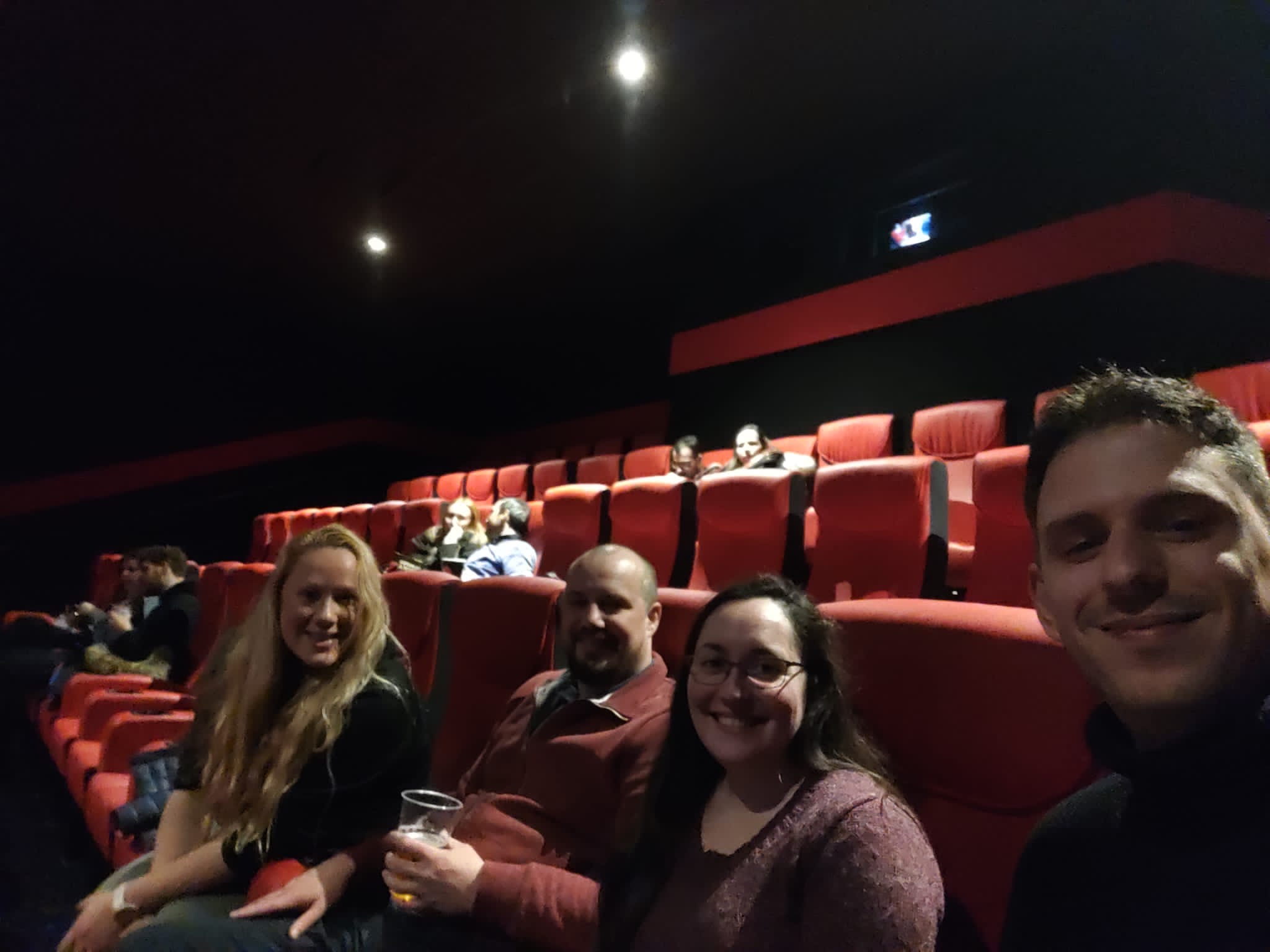- Blogs & Articles
Navigating the UK Talent Market: Opportunities and Optimism
Two months into 2023, the UK talent market continues to evolve in the wake of post-pandemic effects, labour strikes, and the ongoing cost of living crisis. Many workers in the UK are feeling the impact of an uncertain outlook, including imminent layoffs for some industries. Tech employees in particular, as a recent survey of 2000 UK-based tech workers found, are pre-emptively applying for new jobs over fears of redundancies (53% of the 2000 respondents).
Despite pessimistic narratives across social media and the news cycle, not all is doom and gloom – even for the tech industry. At Hudson RPO, we have seen 51% of respondents in our end-of-year polls place ‘ongoing growth and expansion’ at the top of their business agenda for 2023. Rajan, Solutions Director EMEA, shares why he believes there is room for optimism.
“I think what we are hearing a lot about at the moment is the result of big tech going too hard too fast at the start of the pandemic. Many considered the sudden increase a permanent acceleration and hired as such, whereas others in the tech-startup environment had not anticipated the macroeconomic environment, making it more difficult to rely on venture capital funding. What is often overlooked in the ongoing conversation about economic outlooks for 2023 is two-fold. Firstly, there is still a massive demand for tech talent across a variety of industries. 79% of tech talent impacted by layoffs, is rehired within three months. Secondly, many industries are thriving; January saw a 24.5% rise in job adverts, compared to the same week the year before.”
According to Rajan and his team, the Energy & Renewables, Medical Device, and the Engineering sectors are amongst the industries to watch in 2023:

“What we are seeing in tech may have been a result of hiring for services that are no longer required in a post-pandemic world. But the following industries have remained constant, even when the challenges presented to them in the last three years required them to accelerate or change their operations dramatically.”
As the world continues to grapple with the effects of climate change, ‘green’ jobs are set to become an increasingly important feature in the UK job market. The market size of the Renewable Electricity Generation industry is expected to increase 13.4% this year alone. According to the PwC Green Jobs Barometer, the green economy will outpace the rest of the UK job market in the coming years, with a government target of 2 million jobs in the sector by 2030. This is further supported by the LinkedIn Report: 2023 Jobs on the Rise UK, where Sustainability Managers take 2nd place in the list of the ’25 fastest growing job titles’.
The Medical Device & Technology sector is poised for growth in the UK, as the demand for innovative medical technologies continues to rise. According to a report by Statista, the UK’s Medical Technology industry’s projected market volume for 2023 is £13.95bn. The industry is driven by the growing need for healthcare solutions that improve patient outcomes and reduce healthcare costs. Regulatory changes such as the introduction of the EU Medical Device Regulation in 2021, and the UK Government’s Life Sciences Vision policy, will fuel demand for innovative technologies and represent a clear drive for the UK to become a global leader in AI and Data driven life science.
According to the latest survey from The Engineer, UK engineers are feeling optimistic about the year ahead. The survey showed that many businesses in the engineering and manufacturing industries are planning to invest in modern technologies focusing on sustainability and innovation. Even though the industry may face key challenges, such as skill shortages and ongoing global supply chain disruptions, there is a sense of confidence and resilience. According to the LinkedIn 2023 Jobs on the rise report, we will see an influx in demand for Sustainability Managers, Machine Learning Engineers, and Security Analysts in the manufacturing and engineering industries.
“2023 will be an interesting year. Some industries will face challenges, others will rely on the opportunities that lie ahead. In any case, companies are facing this in a transformative talent landscape. I believe we will see organisations across a variety of industries fill talent gaps through retention and reskilling efforts, while we navigate what technologies like ChatGPT mean for automation and skill requirements.
It can feel instinctive to reduce spend and keep things in-house in times of uncertainty, but the right RPO partner will be able to anticipate and respond to changing talent requirements. They will also be able to scale up and down as your needs change, without the need for redundancies.” Rajan explains.
If you’re wondering what these trends may mean for your talent strategy, contact one of our experts for tailored advice about your industry.

Hudson RPO
Content Team
The Hudson RPO Content Team is made up of experts within the Talent Acquisition industry across the Americas, EMEA and APAC regions. They provide educational and critical business insights in the form of research reports, articles, news, videos, podcasts, and more. The team ensures high-quality content that helps all readers make talent decisions with confidence.
Sign up to receive the latest recruitment insights and Hudson RPO news.







